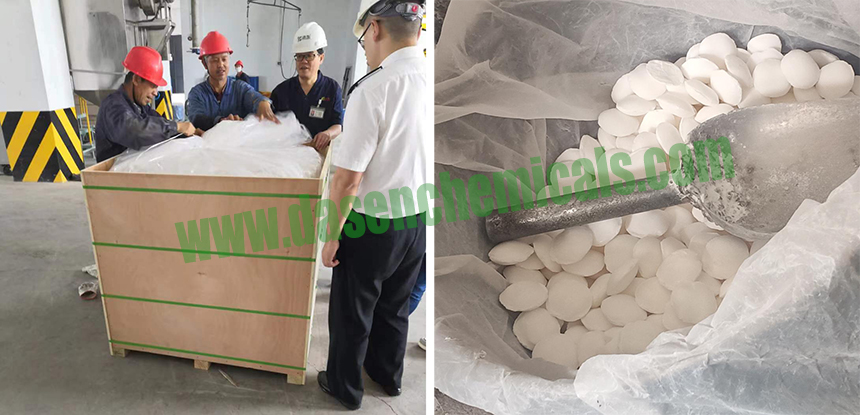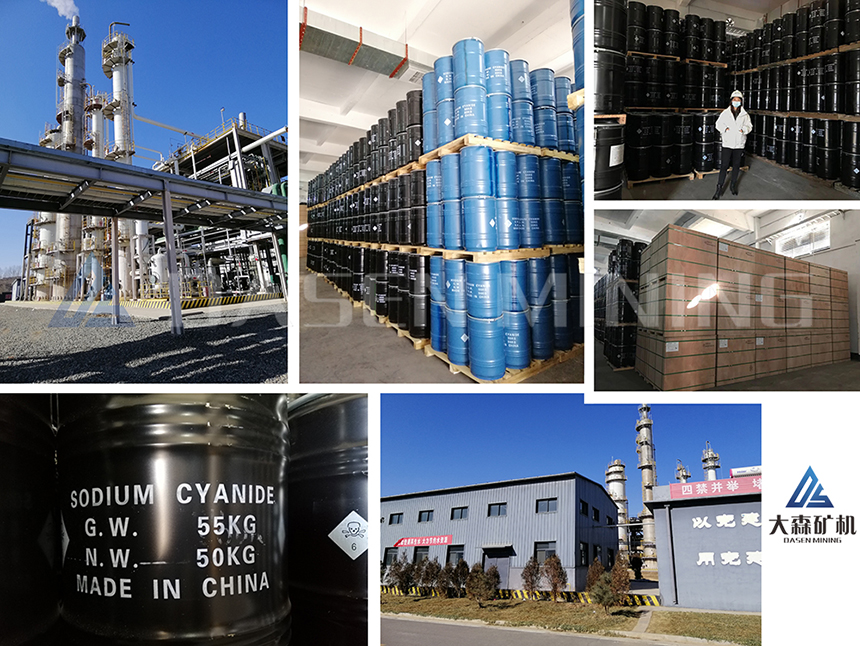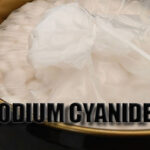
Cyanide, primarily in the forms of sodium cyanide and potassium cyanide, stands as a crucial chemical with far – reaching applications. Its extensive use in the gold production and electroplating sectors generates significant volumes of toxic cyanide – laden wastewater. In the gold mining domain, most gold ores are associated with valuable elements like silver, copper, lead, zinc, and sulfur. Regrettably, numerous gold mining enterprises predominantly focus on gold recovery, leading to suboptimal extraction rates of these associated elements and, consequently, resource wastage.

Beyond gold production and electroplating, cyanide finds applications in diverse industries, including metallurgy, printing and dyeing, daily chemicals, and agriculture. Intriguingly, cyanide is also present in various organisms, such as photosynthetic bacteria, algae, and animals. However, the majority of cyanide in the environment stems from human – induced activities, including discharges from electroplating, smelting, and printing and dyeing processes, leachate from garbage treatment facilities, and the use of cyanide – containing chemicals. From the vantage points of environmental engineering and biosafety, the detoxification and treatment of cyanide – rich wastewater demand urgent and meticulous attention.

The consumption of cyanide in production can be categorized into several key aspects:
- Mechanical Losses: Inefficiencies in handling, such as leaks and spills, contribute to mechanical consumption.
- pH – Dependent Degradation: When the pH of the slurry drops too low, hydrogen cyanide (HCN) is formed and lost, reducing the effective concentration of cyanide.
- Chemical Reactions: The presence of large amounts of sulfide ions (S2−) in the pulp can lead to the formation of thiosulfate and thiocyanate (CNS−), consuming cyanide in the process.
- Complex Formation: Cyanide readily forms complexes with metal sulfides in minerals, such as Cu2S, ZnS, and FeS. For instance, each gram of copper, zinc, and iron consumes approximately 2.7 g, 3.0 g, and 5.26 g of sodium cyanide, respectively.
- Adsorption Phenomena: Silicate colloids and silicon oxides present in the pulp have the ability to adsorb cyanide, further depleting its available quantity.
For a more in – depth understanding of shipping procedures, pricing models, chemical availability, and online ordering processes, we invite you to explore our Frequently Asked Questions section. To discover a comprehensive range of manufactured and supplied chemicals, please peruse our online ordering catalog.




